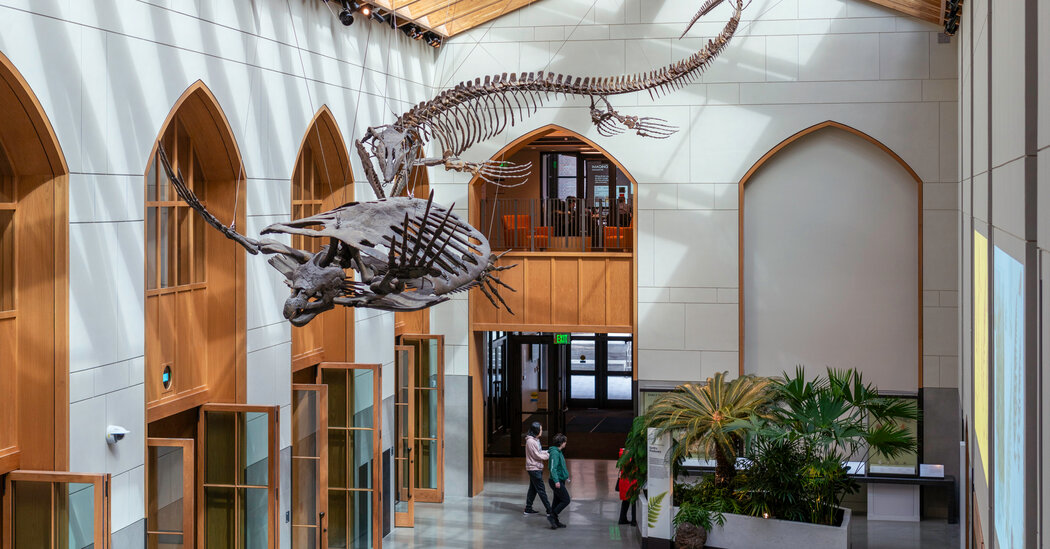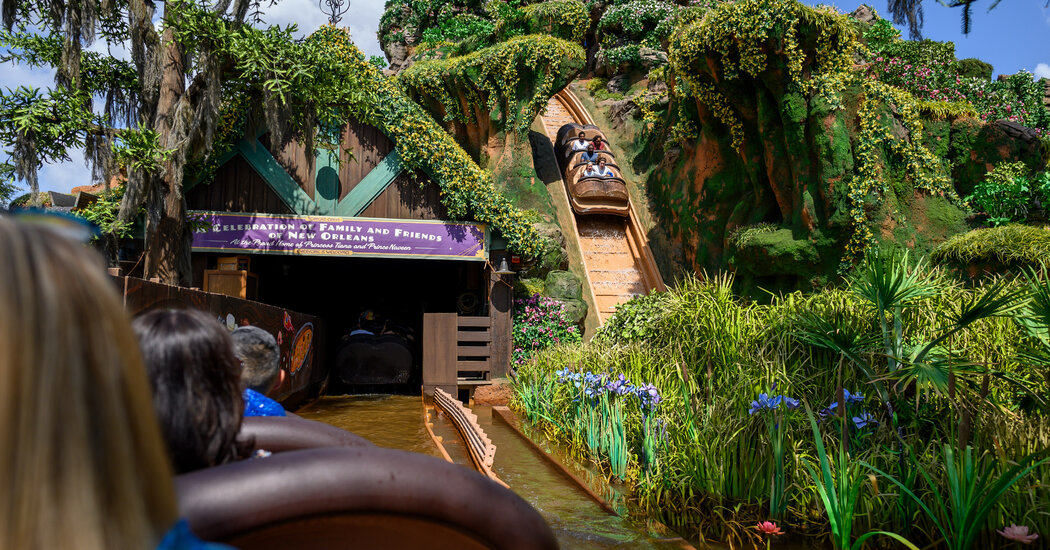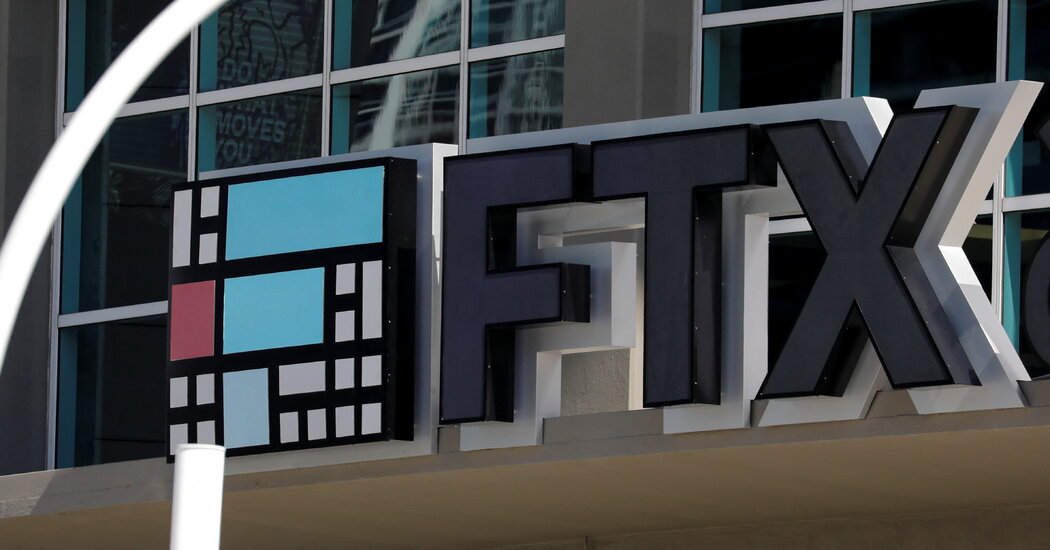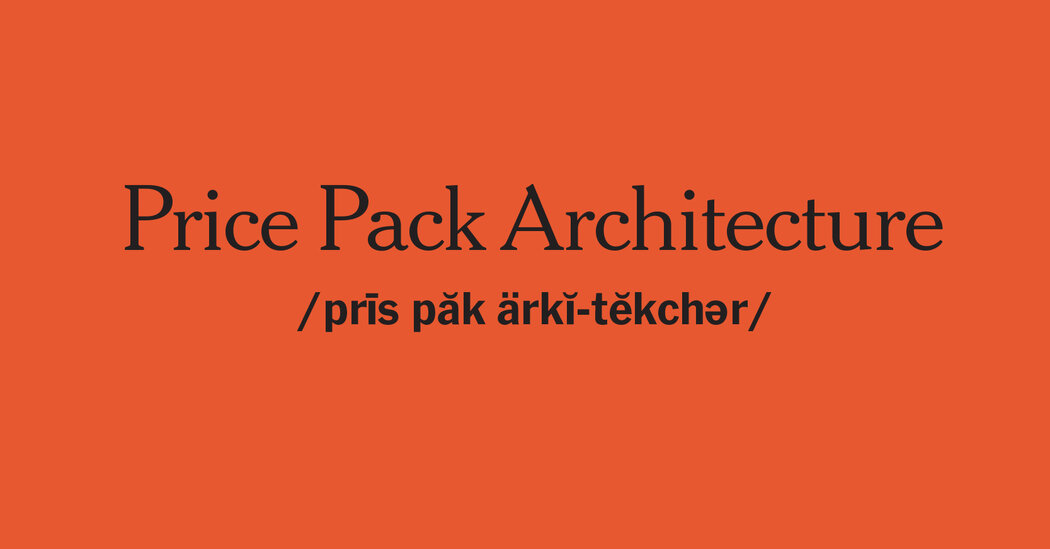This article is part of our Museums special section about how institutions are striving to offer their visitors more to see, do and feel.
Michigan State University and Yale University are very different types of higher education institutions, but they have at least one thing in common: They have been spending millions of dollars to revamp their museums.
So have New York University. And Princeton. And Penn State. And Utah State University.
At a time when many museums and colleges are grappling with financial challenges as well as their changing role in society, it may seem surprising that universities and donors are willing to shell out lots of money to make their museums showcases.
There is no exact number of how many college museums are being renovated or even how many exist nationwide. The Association of Academic Museums and Galleries is conducting a census to get a more accurate count, but its latest estimate is that there are 659 such museums in the United States. the majority are art museums but include history, natural history, science and anthropology.
And even while some are unveiling shiny new buildings, others are closing their doors. Nonetheless, a surprising number of university museums are undergoing major upgrades.
Each institution has different reasons for renovating and expanding, but “it comes down to relevancy,” said Devon Akmon, director of Michigan State University’s art museum. “How do we remain relevant and how do we create programs for the communities we serve and how do we welcome people into a space?”
This is a quandary for all museums, but university museums have different challenges because they are often a bridge between the community and the campus. The question is how to serve both constituencies in a balanced way.
“There is that tension,” Akmon said. “Are you primarily focused first on extending beyond the academy? Or are you first and foremost looking at the needs of your faculty and students? If I’m being very honest, I think we were neglecting our students and our faculty.”
The same is true at the Yale Peabody Museum of Natural History, which opened its newly designed building on March 26, and incorporated many changes aimed at attracting more students and instructors.
With a $160 million bequest, the Peabody has expanded to 44,000 square feet from 30,000 square feet. It now has five classrooms; the previous building had none. Although students have always been involved in the museum in various capacities, “this represents a huge pedagogical shift,” said David Heiser, the museum’s director of student programs. “We’re really using the museum’s collections within teaching and bringing the collections to the classroom, as opposed to bringing a class into the collection storage and maybe opening up some drawers to look at things.”
The museum’s new building also includes a study gallery where faculty members can put museum objects on display for a semester as part of their courses, and a student-curated gallery, which is now showing an exhibition called “Fakes and Fictions? Unraveling Museum Narratives.” It grew out of a course, Heiser said, about how approaches to interpreting and displaying collections in museums like the Peabody are rapidly changing. These students wrestled with why taxidermy and models in the fields of zoology and paleontology are often considered skilled reproductions, while in anthropology models made by traditional artisans are considered fakes.
Both the student gallery and the study gallery are off the central gallery, which is “prime real estate space,” Heiser said. That means that the public will learn more about students’ work and that the students will have the “opportunity to share their own curatorial voice with the public.”
Academic museums are also interested in attracting students from outside the obvious fields of art and museum studies. For example, Northwestern Michigan College is a rare community college that has an academic museum, the Dennos Museum Center. It was established in 1991 and doubled its size in 2018.
It pulls in drawing, painting and printmaking students, but also police cadets and nursing students from the college, who learn how to do close observation, said Craig Hadley, the museum’s director.
He is also hoping to partner with students from more disciplines, such as culinary students. “Ideally, what we’d love to do is to be able to host a reception or be able to work with them on an exhibition that focuses on something like the culinary arts and science of food,” he said. He wants all students “to be able to visit the museum and have an experience thinking about museums and visual literacy very broadly and how that can apply in a positive way to their field,” he added.
Not all university museums are thriving — the University of New Hampshire, citing sweeping budget cuts, closed its arts museum this year.
“It’s very painful,” said Kristina Durocher, the museum’s former director and the current president of the Association of Academic Museums and Galleries. “It’s such a loss to the campus, the community and to the region itself.”
One aspect of university museums that is often overlooked is that they amass work by artists related to the institution or region that isn’t collected elsewhere, Durocher said.
For example, a major exhibition currently at the Metropolitan Museum of Art on the Harlem Renaissance borrowed heavily from museums at historically Black colleges and universities such as Fisk, Howard, Clark Atlanta and Hampton Universities.
In some regions, especially rural ones, the academic museum may be the only one available to local people. In a 2022 survey conducted by the Association of Academic Museums and Galleries and Wilkening Consulting, of the 196 museums that responded, the majority were in small cities or towns where they were one of the principal local cultural amenities.
Hadley that said in his area, the next comparable museum to the Dennos is a two-and-a-half-hour drive away. “This could be the student’s first interaction with a museum of any kind and could be the only museum experience they ever have if they stay up here in northern Michigan,” he said.
Penn State’s Palmer Museum of Art has the largest collection of art between Pittsburgh and Philadelphia, said Erin Coe, the museum’s director. It is scheduled to open its completely remodeled and expanded facility in June.
On the opposite side of the spectrum is New York University’s Grey Art Museum, formerly the Grey Art Gallery. In a city awash with museums, the Grey has to differentiate itself. First established in 1975, a bequest allowed it to move to a more visible place off Washington Square Park. It reopened on March 2.
The new quarters incorporate a large study space that will be available by appointment to students, faculty and researchers, something the museum’s director, Lynn Gumpert, called her dream.
“A study center for me is the raison d’être of the university art museum,” she said.
Its opening exhibition, “Americans in Paris” — showing until July 20 — focuses largely on former soldiers who moved to Paris to paint, using the newly enacted G.I. Bill to pay for tuition and living expenses.
Many of the museums that increase their space say it will allow them to better highlight some of their special collections. For the Grey, that means visitors can see a bit more of the 1,000 works of modern Iranian, Indian and Turkish art donated in 1975.
“After consulting with experts on both Iranian and Turkish modernism, starting back in 2002, we realized that the Grey housed the largest institutional holdings of Turkish and Iranian modern artworks outside those respective countries,” Gumpert said.
And the Palmer Museum at Penn State will now have double the space for its standout collection of American art from the late 18th century to the present, Coe said.
The goal at Michigan State’s new museum is to be at the nexus of arts and sciences. Akmon said it had experimented with that goal before but is now “going full blast.”
“It’s less about art or science and more about the pressing issues of our times,” he said.
And confronting those issues is something university museums are uniquely situated to do, he said: “The university environment is about experimentation and discovering from failures and that’s why a museum inside a university should take that approach — moving away from a perfect process toward a more iterative and experimental approach.”



